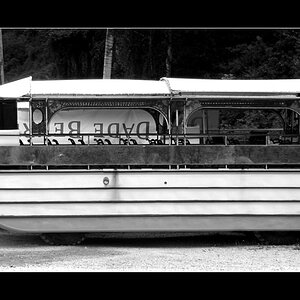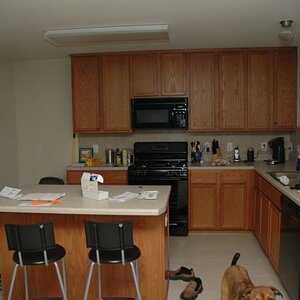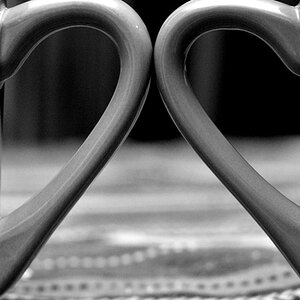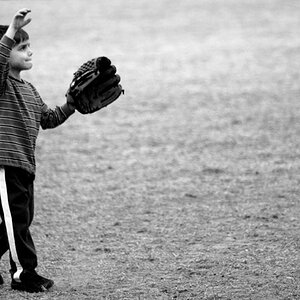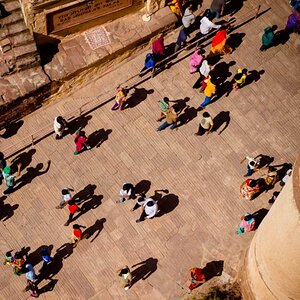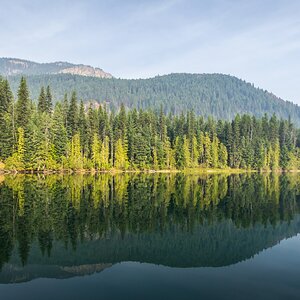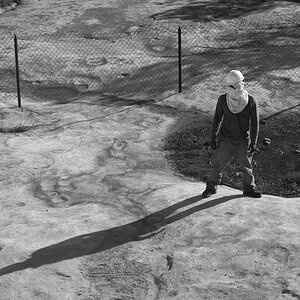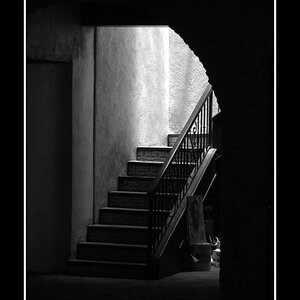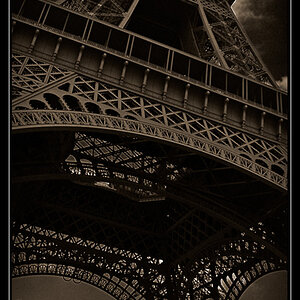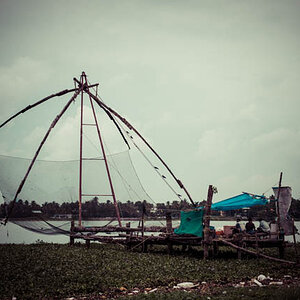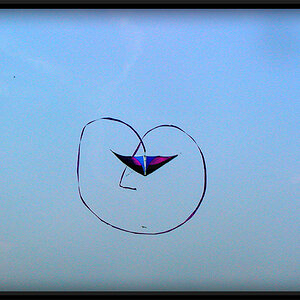- Joined
- Mar 29, 2016
- Messages
- 14,811
- Reaction score
- 8,260
- Can others edit my Photos
- Photos NOT OK to edit
When using a telephoto lens with a polarizing filter in aperture priority mode, shouldn't the TTL take care of exposure compensation, or is that only if you are set on full automatic?? Yesterday outside at an event in bright sun, I had to adjust the EV to as much as -1 to -3 which seemed opposite of what should have been. What am I missing?


